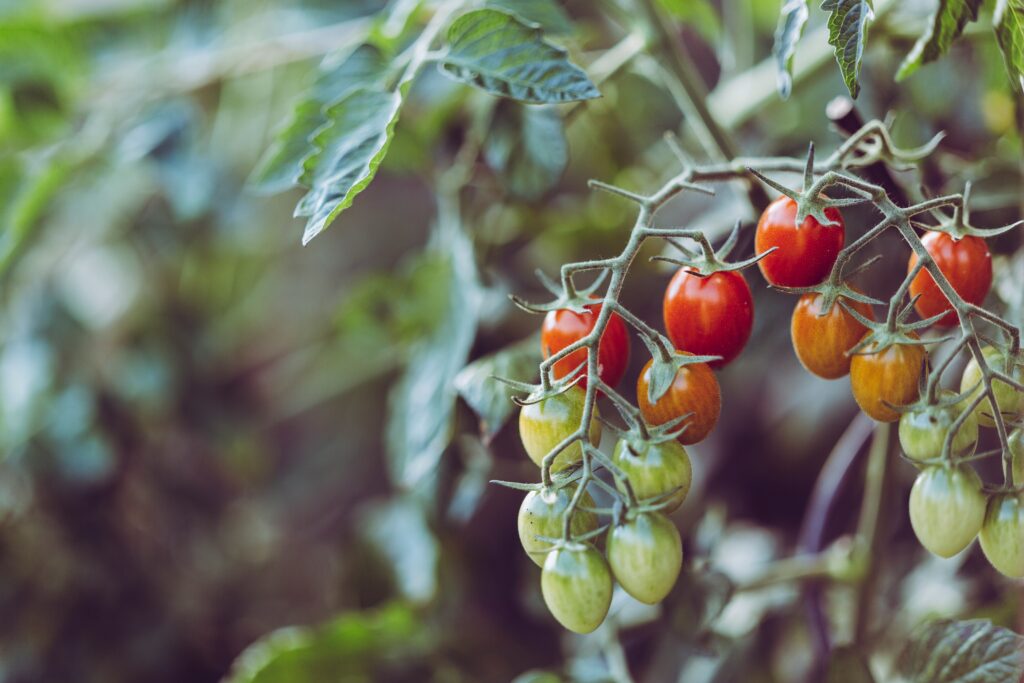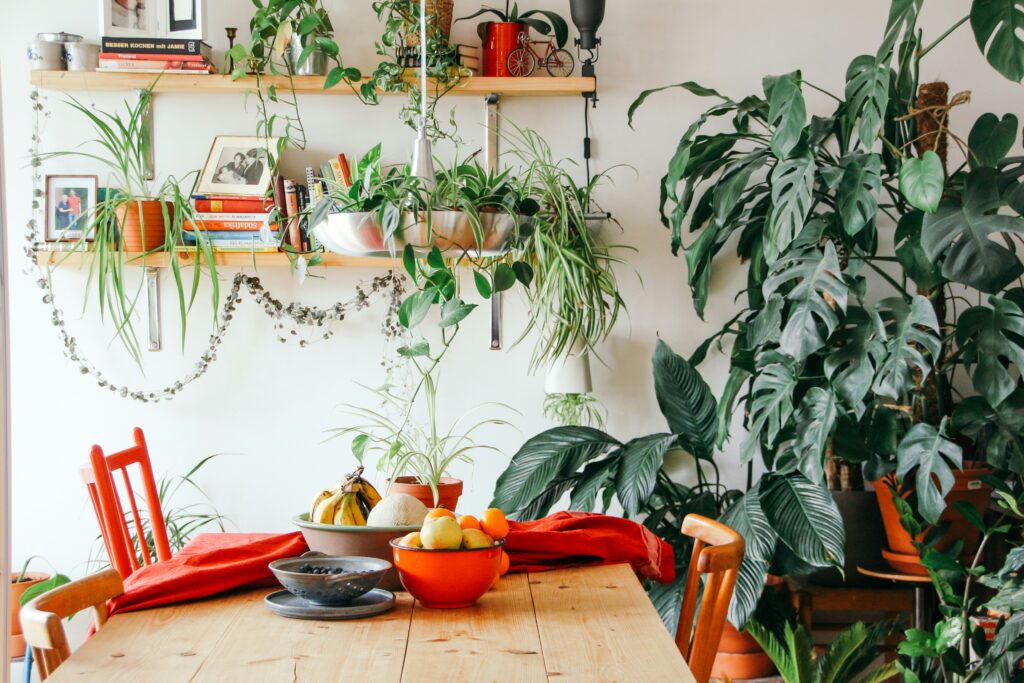The Final Manual There are several reasons why indoor vegetable gardens are fantastic. They’re ideal for folks who enjoy the outdoors but lack the room in their yard for an outdoor garden or who want to continue growing throughout the winter.
Even though growing vegetables indoors is convenient, there are some guidelines you should follow to make sure your indoor vegetable garden looks its best and provides the finest conditions for vegetable growth.
How to cultivate vegetables
This does not apply to salad leaves and other herbs, which would do better in partial shade because they have a tendency to bolt or go to seed, in direct sunlight. Clear the area of any weeds, add well-rotted manure or compost, and level the ground with a rake.
Just as your space will let it grow, If your garden isn’t too large, you can grow salad crops in window boxes, pots, or growing bags. Plants should be spaced apart enough to allow for proper grafting if necessary. As always, check the suggested spacing on the seed packet.
Use physical barriers, such as copper tape, to deter snails and slugs. Start delicate plants, such as lettuce leaves and courgettes, indoors if at all possible.

Indoor Garden of Vegetables
Is it possible to grow vegetables inside?
Indeed! If you decide to garden indoors, we advise you to start your vegetable garden indoors and move it outside in the spring and summer.
Which veggies are ideal for indoor gardening?
We recommend planting lettuce, carrots, peas, tomatoes, and peppers. Once more, we advise growing the plants indoors in the winter and moving them outside in the spring and summer.
How much room is needed for a vegetable garden indoors?
A small amount of room is required for an indoor garden. We recommend starting small and setting up your garden on a 2 x 1 ½ windowsill. Trays and gardening racks are available for purchase in home and gardening centers, or you may order them online if you want a more robust garden.
HERBS
Herbs are an excellent plant to start with because they are small and require little area to develop. Herbs are excellent growers from seedlings.
Herbs that grow well inside all year round include basil, parsley, cilantro, chives, oregano, mint, and rosemary. They require the right temperatures and direct sunlight, just like vegetable plants. They need to be kept continually damp, but not soggy.
Harvest herbs sparingly, or else you risk upsetting or even killing the plant. Additionally, regular trims will promote new growth.
lettuce. Even in low light, this vegetable grows swiftly and effortlessly. Select a leaf lettuce variety that will yield continuous harvests, such as Mini Romaine Bronze Lettuce from the Foodie Fresh range at Lowe’s or Sandy Oakleaf Lettuce from the Harvest Select Series, which is only available at The Home Depot.
Chives: Onions are difficult to grow indoors, but chives grow well in pots and make a great garlic or onion flavoring for many dishes.
Mint, parsley, cilantro, basil, and rosemary. Among the simplest food plants to cultivate indoors are herbs. Basil and rosemary require intense light, although parsley, cilantro, and mint grow well in dim light.
Beets
Beetroot can be planted directly into the ground in shallow drills, and in a few weeks it is ready to be harvested. “Boltardy” is a well-liked and dependable globe beetroot. It is an excellent option for novice gardeners due to its strong resistance to bolting. Medium-sized roots with smooth skin and rich red flesh are produced by it.
Peas
Growing peas can be simple. Stake-free compact varieties like ‘Half Pint’ are a good option. Even containers can be used to cultivate them. Flowers and pods follow the young tips, which are clipped and put in salads for a tasty spring treat.
..
Carrots: The smallest carrot cultivars require the least amount of area and mature at a faster rate. Carrots need less sun than other vegetables. Four to five hours should be OK. More light, though, would accelerate their growth.
Make sure the container is deep enough—it should be at least 12 inches deep. Alternatively, you could harvest them as baby carrots if the container is shallower. To keep the moisture in, cover the seedlings with peat moss. In two weeks, they will sprout, and in forty days, the baby carrots will reach maturity.
Tomatoes. Selecting a dwarf variety designed for container cultivation is crucial in this situation. Pick a tomato type that won’t grow much larger than 18 to 24 inches, such as the Harvest Select series’ Little Sicily Compact Slicing Tomato.
PEPPER
Peppers require room to grow; a container that is at least 8 inches tall will do the trick. Additionally, it needs sunlight for at least ten hours per day. Allow the dirt to dry out in between waterings.
It should take anywhere from 14 to 28 days for germination, depending on the cultivar.
GREEN SALAD
Indoor gardening is a great place for baby greens like lettuce, arugula, basil, spinach, chard, and red mustard, as well as microgreens like radish, broccoli, lettuce, mustard greens, peas, and sunflowers. They grow quickly and have shallow roots.
An appropriate container depth is two to four inches. Their soil must be well-drained and wet. After the pots begin to sprout, keep them in a warm spot and move them to a window that receives plenty of sunlight. For proper growth, the tiny salad greens could need up to 12 hours of light.
In roughly 14 days, microgreens are ready for harvesting. Trim the seedlings near the ground. It will take three to four weeks for baby salad greens to be ready. Cut them off near the roots, Starting with the outer leaves, trim them off at the root.
Swiss chard or spinach are two leafy greens that are very simple to cultivate indoors and add a ton of nutrition to your stir fries, casseroles, and quiches.
Kale. This lush green doesn’t require much light and loves cooler temperatures. Try kale, a member of the Food Fresh collection, for a sweeter-than-usual variety that tastes wonderful in salads and looks beautiful indoors.
Chinese and Japanese salad leaves
You can plant Japanese leafy crops as cut-and-come-again leaves, including Chinese mustard, mizuna, and mibuna. They are easy to maintain and will give you a range of tastes, hues, and textures for salads and stir-fries. They can be planted in the ground or cultivated in containers.
Chilli
Chilli peppers thrive in pots on a window sill or in a warm, sunny spot outside. They will continue to produce until the first frosts of October, and their growing requirements are similar to those of bush tomatoes.
RADISHES
Radishes produce quite quickly and grow well in pots. They need loose, well-drained soil, a container that is at least 6 inches deep, and 6 to 8 hours of sunshine.
Give the soil a thorough, deep watering until water begins to flow out of the bottom if it is completely dry. Fertilizer should only be applied prior to seeding, not after.
Radishes will germinate in a week or less, and it will take 30 to 45 days for your first crop.
tiny greens. A variety of greens and herbs, including beets, radishes, kale, Swiss chard, basil, and arugula, are typically used in these. Harvest them as seedlings after growing them in a small pot.
Garlic Greens and Scallions
Scallions make a great indoor perennial crop. Thus, you won’t need to replant in order to have continual harvests throughout the entire year!
Once the roots are a few inches long, place a bunch of onions in one inch of water and put them in a shallow planter to continue developing. Remove the green tips, leaving about one inch of stem attached.
Another perennial plant that will persist if the bulb is not harvested is garlic. Because there aren’t any winter chills, the garlic won’t develop into a bulb, but your plants will still produce excellent garlic greens!
Plant the cloves two inches deep and apart. In 14–21 days, you will receive your first harvest! Just trim off a few inches of the stem, then chop or slice it to add to your dish.
To sum up,
an indoor vegetable garden provides nutrients such as herbs, tomatoes, mola, and other vegetable vitality, in addition to providing a refreshing green space. If you follow the right procedures, it will satisfy your family’s need for vegetables. therefore you were motivated to do it by me.
